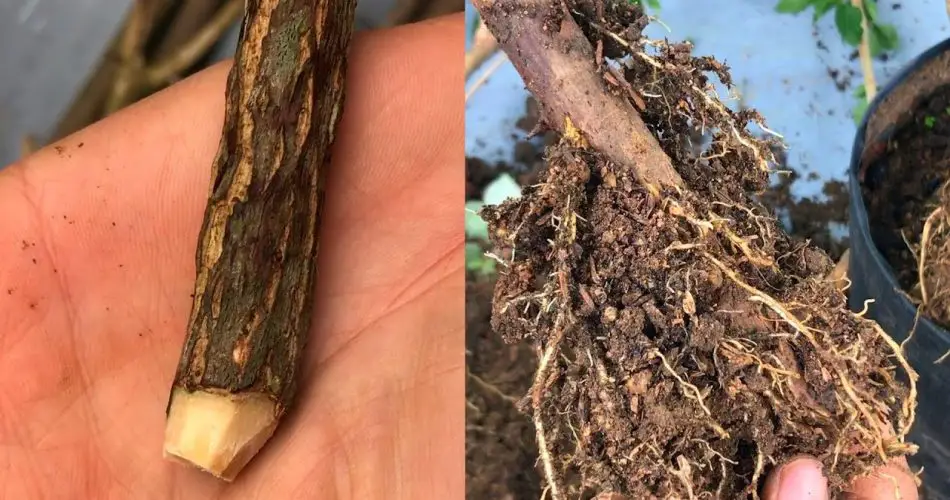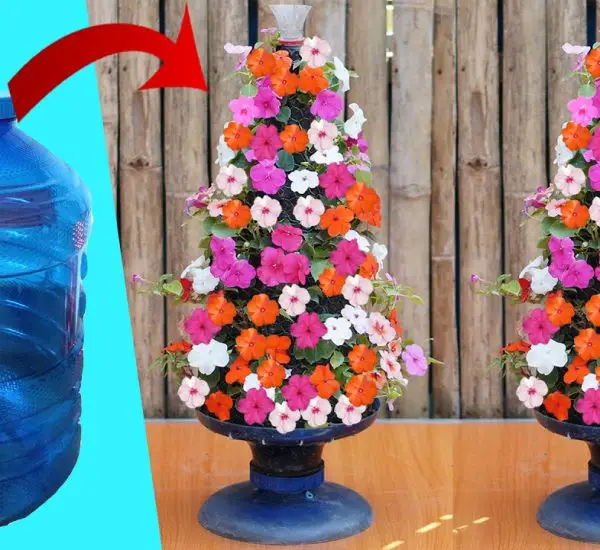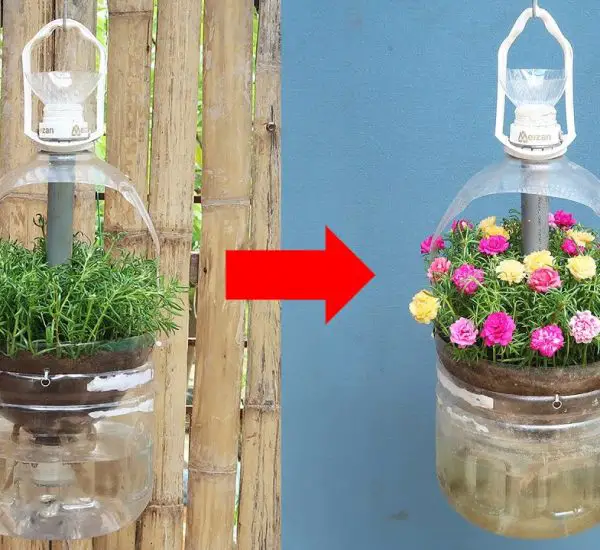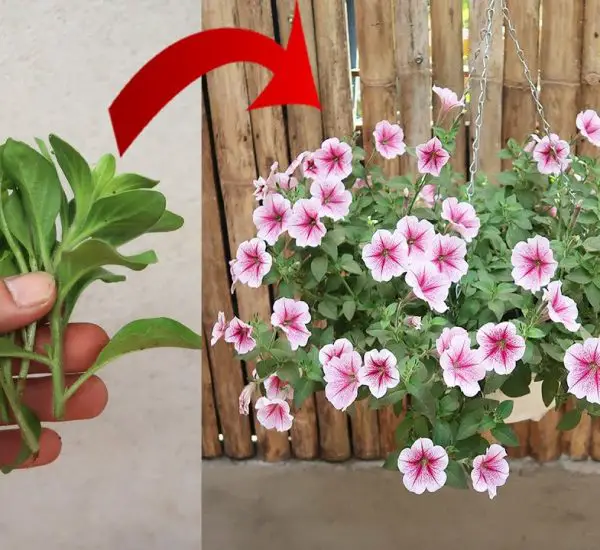Bougainvillea is a stunning and colorful plant that can transform any garden or landscape. Known for its vibrant flowers, this tropical beauty thrives in sunny climates and is relatively easy to grow. One of the most common and effective ways to propagate Bougainvillea is through cuttings, especially the popular Bougainvillea glabra variety, also known as paperflower. Growing Bougainvillea from cuttings allows you to clone the parent plant, ensuring that you’ll have the same striking colors and growth habits.
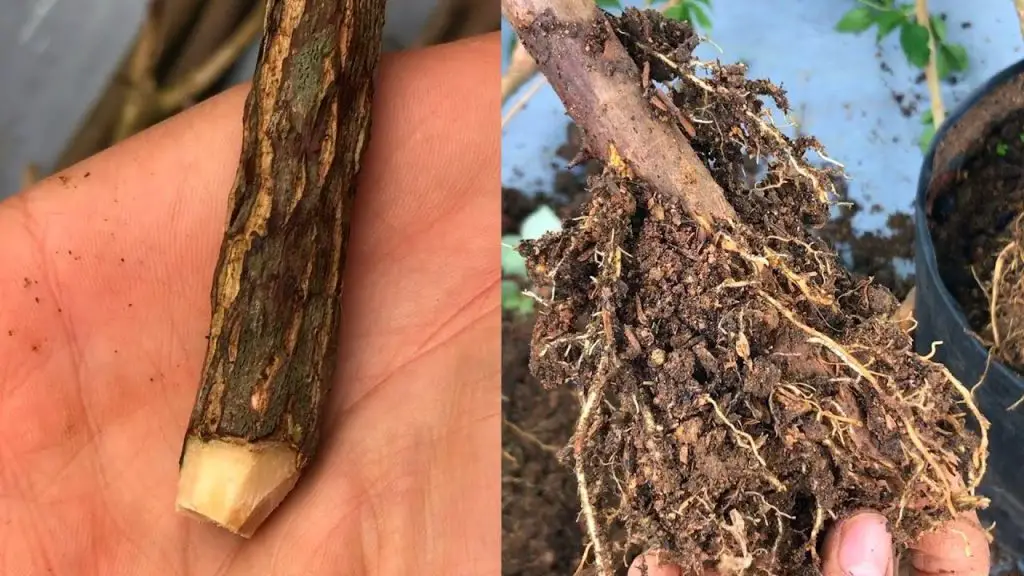
If you’re wondering how to successfully propagate Bougainvillea from cuttings, we’ve got you covered! In this article, we’ll walk you through the step-by-step process to help you grow your own Bougainvillea plants at home.
What You’ll Need to Grow Bougainvillea from Cuttings
Before starting, gather the necessary tools and materials:
- A healthy Bougainvillea plant (preferably Bougainvillea glabra for its beautiful paper-like flowers)
- Sharp pruning shears
- Rooting hormone (optional, but it can increase the success rate)
- A small pot with drainage holes
- Well-draining potting mix (a mix of perlite and sand works well)
- A clear plastic bag or plastic dome (to create humidity)
- Water (for watering the cuttings)
- Clean scissors or knife (to make a clean cut)
Steps to Propagate Bougainvillea from Cuttings
1. Select a Healthy Cutting
Start by selecting a healthy, non-flowering stem from the parent Bougainvillea plant. The best time to take cuttings is during the growing season, typically in spring or early summer, when the plant is actively growing.
- Choose a semi-hardwood stem—this is a mature but flexible stem, which has a good balance of age and softness for rooting.
- Ensure that the cutting is at least 6-8 inches long and has at least two to three leaf nodes (the spots on the stem where leaves grow).
2. Cut the Stem
Using sharp pruning shears or scissors, make a clean, angled cut just below a leaf node. Make sure that the cutting is not too soft or too woody, as this can affect the rooting process. Trim off any leaves from the lower part of the cutting, leaving only a couple of leaves at the top.
- Tip: You can remove the thorns on the cutting if they’re too sharp or large for easier handling.
3. Apply Rooting Hormone (Optional)
Dip the cut end of the Bougainvillea cutting into rooting hormone powder. This will encourage root growth and increase the chances of successful propagation. While rooting hormone is not strictly necessary, it can significantly improve your results.
4. Plant the Cutting
Prepare a small pot with well-draining potting mix. A mixture of perlite and sand is ideal, as it provides the right balance of aeration and moisture retention for the cutting. Make a small hole in the soil with your finger or a stick and place the cutting into the hole. Gently firm the soil around the cutting to keep it upright.
- Tip: Make sure the cutting is planted deep enough for stability but not too deep, as this can affect rooting.
5. Create a Humid Environment
Bougainvillea cuttings need high humidity to root successfully. To achieve this, cover the pot with a clear plastic bag or place it under a plastic dome. This helps retain moisture and creates a greenhouse-like environment that encourages root formation. Ensure the cutting doesn’t touch the plastic cover to prevent fungal growth.
- Tip: You can also place the pot in a warm, bright location, but avoid direct sunlight, as this can dry out the cutting too quickly.
6. Watering and Care
Keep the soil consistently moist, but not soggy. Water the cutting when the top layer of soil feels dry. Be careful not to overwater, as this can cause the cutting to rot. Make sure the cutting has proper air circulation to prevent mold or mildew.
Check the cutting regularly for new growth, which indicates that the roots are developing. This can take anywhere from 2 to 6 weeks depending on environmental conditions and the cutting’s health.
- Tip: Gently tug on the cutting to check for resistance. If you feel resistance, it means the roots have formed and the cutting is ready to be transplanted.
7. Transplanting the Rooted Cutting
Once the cutting has developed a strong root system, you can transplant it into a larger pot or directly into the garden. If you’re planting it in the garden, make sure to choose a spot that receives full sunlight for at least 6 hours a day. Bougainvillea thrives in sunny locations with well-drained soil.
- Tip: Keep your newly transplanted Bougainvillea well-watered during its early growth stages until it establishes itself in the new location.
Benefits of Growing Bougainvillea from Cuttings
Growing Bougainvillea from cuttings has several advantages:
- Genetically Identical Plants: By taking cuttings, you ensure that the new plants will have the same characteristics as the parent plant, including the same flower color and growth habits.
- Cost-Effective: You can multiply your favorite Bougainvillea plant without having to buy new ones.
- Quick Results: With proper care, you can have new Bougainvillea plants ready to bloom in no time!
Final Thoughts
Propagating Bougainvillea glabra (paperflower) from cuttings is a straightforward and rewarding way to grow new plants. With the right technique and care, you’ll soon have beautiful, vibrant Bougainvillea plants that will add a stunning splash of color to your garden or home.
So, whether you’re looking to expand your collection of Bougainvillea or share this plant with friends and family, growing it from cuttings is an easy and effective method. Give it a try and enjoy watching your Bougainvillea thrive!
